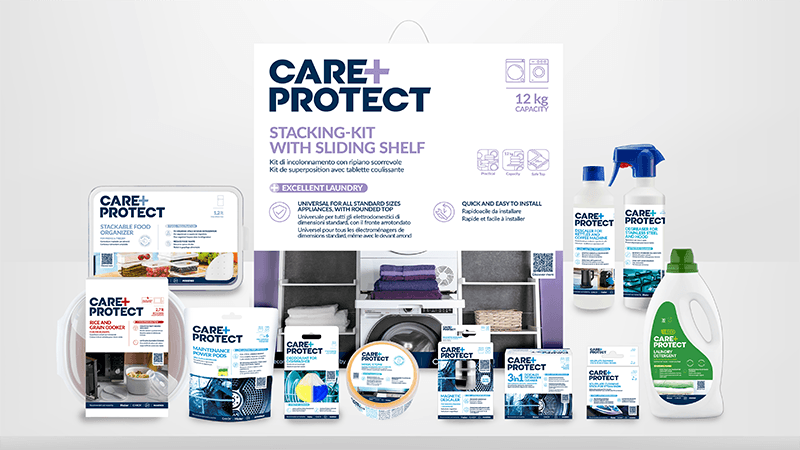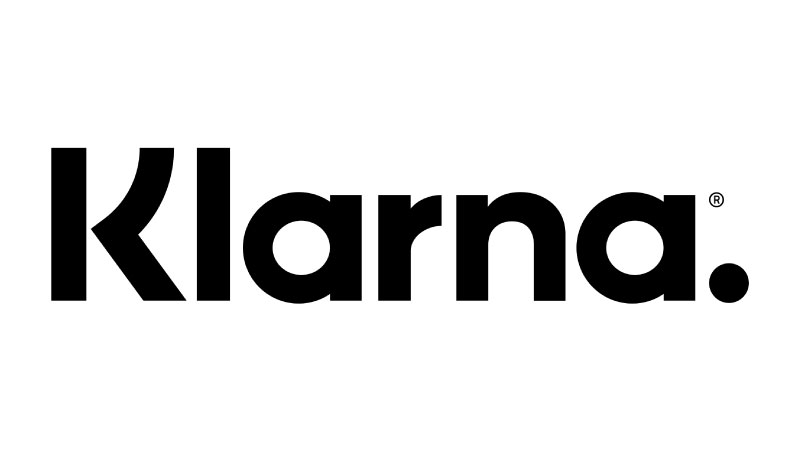
Tips for Choosing the Right Food Storage Containers
Storing food properly is essential for many reasons, and the quality of the container is just as important as the food inside. The right food container keeps your food fresher for longer, protects it against freezer burn or cross-contamination and even reduces food waste. Not to mention, they help save space in your fridge and freezer by allowing for better stacking and organisation.
With so many food containers out there, it can be difficult to choose the best ones to fit your needs. In this comprehensive guide, we’ll discuss the best materials, sizes and features of food containers to keep your fridge organised and your food fresh.
Food storage containers are an everyday essential for most of us. Whether it’s packing up leftovers from dinner to take to work, or freezing vegetables for future meal prep, using the right container makes things much simpler.
Instead of dealing with a fridge packed with mismatched deli containers or reheating food in potentially unsafe plastic, consider these storage tips to keep your kitchen organised, practical, and efficient.
Glass or plastic?
Two of the most common materials for food containers are glass and plastic; both materials have their pros and cons.
Glass Containers:
The pros:
- Glass can be recycled easily and doesn’t stain or hold onto any unpleasant flavours, making it long-lasting.
- The transparency makes it easy to see the contents inside.
- Glass can be used directly in the oven, which may be useful for people without microwaves.
The cons:
- Glass is heavy and isn’t always practical to transport. Most of us already have enough things in our bags, we don’t need an extra 2kg of glass containers.
- Glass also chips and breaks more easily than plastic, so if you’re on the go, glass may not be the best choice for you.
Plastic containers:
The pros: Although glass can be useful for long-term food storage at home, there is definitely a time and a place for plastic.
- Plastic is easier to carry, more lightweight, and non-breakable, making it perfect for travelling or commuting. For a stylish and practical lunch container, check out the Haier by Guzzini Elegant Lunch Box.
The cons: Not all plastics are created equal!
- Low-quality plastics can contain harmful chemicals like BPA, become cloudy or even stained after frequent use. When considering plastic food storage containers, be sure to choose a high-quality non-toxic plastic container like the Haier food containers by Guzzini. These food-safe containers are sleek, airtight, and durable—perfect for storing and transporting food.
Small, medium, or large: Choosing food container sizes
Round or square? Big or small? Shape and size are also important factors to consider when choosing food storage containers. Although this is largely a personal preference, it is important to have a variety of sizes of food containers for different types and quantities of food.
We recommend starting with 3 main food container sizes:
- A small container (450cc / 0.45L) great for sauces, dressings and small leftovers.
- A medium container (975cc / 0.95L) perfect for soups and pasta dishes.
- A large container (1900cc / 1.9L) useful for big salads or large quantities of food.
Round containers are particularly useful for storing liquids like soups and sauces because the shape minimizes the possibility of spills and makes stirring easier. However, round containers also waste more space in the fridge or freezer because they don’t stack as efficiently and create gaps between them.
Rectangular containers are ideal for maximising storage space since they fit neatly side-by-side without gaps. They are also better for stacking, making them space-efficient in fridges and freezers. The sleek and space-saving rounded square shape of Haier by Guzzini containers allows for easy stacking, maximising convenience.
Pro tip: When storing your containers in cabinets, be sure to store like with like. Round containers with round containers and square with square. As they can nestle inside each other easily, you will save valuable cabinet space!
Consider durability
Cheaper food containers often absorb odours and degrade much faster than higher-quality glass or plastic options. While the disposable, budget-friendly plastic containers available at the supermarket may seem convenient, investing in a durable and higher-quality glass or plastic set will pay off in the long run.
Cheaper plastic storage containers are not always 100% airtight, leading to unfortunate spills and drips in your fridge, or, worse yet, your backpack or tote bag. Be sure to choose a food storage container that has 100% airtight sealing like the food container set by Haier to avoid spills and cross-contamination.
Safety first
When choosing food storage containers, it’s important to make sure they are microwave, fridge, freezer and dishwasher safe like our containers. Plastic containers marked with a 1, 2, 4, or 5 are the best for food storage. The number to avoid altogether is 7, which appears on plastics containing BPA.
In addition to being microwave, dishwasher, fridge and freezer safe, the Haier Lunch Box features an innovative steam release valve for safely microwaving leftovers. The valve releases steam so you can safely take off the lid when taking it out of the microwave.
Haier: Your ally for food storage
Choosing the right storage containers is essential for maintaining food freshness, preventing contamination, and keeping your kitchen organised. High-quality containers not only protect your food from going bad but also contribute to a more sustainable lifestyle by reducing waste and extending the shelf life of your meals.
Designed with airtight seals, durable materials, and innovative features, Haier containers ensure your food stays fresher for longer. Whether you’re meal-prepping, storing leftovers, or organizing your pantry, Haier containers and accessories combine practicality, style, and quality, making them a must-have for any kitchen.



